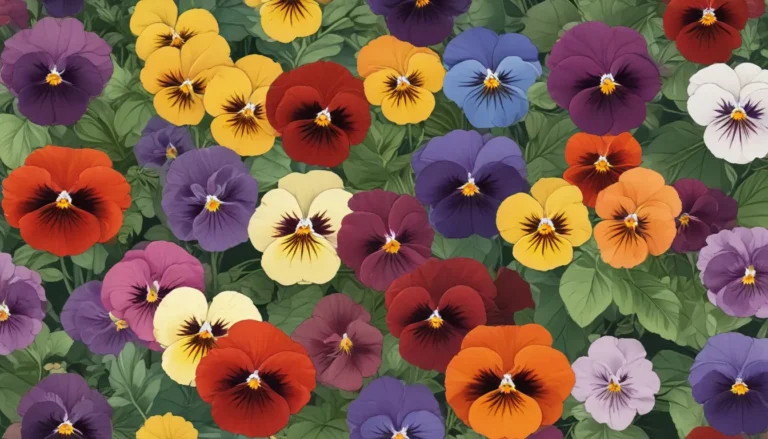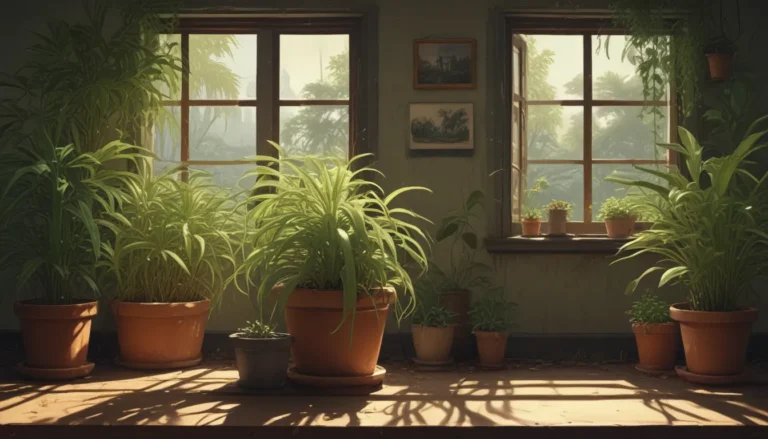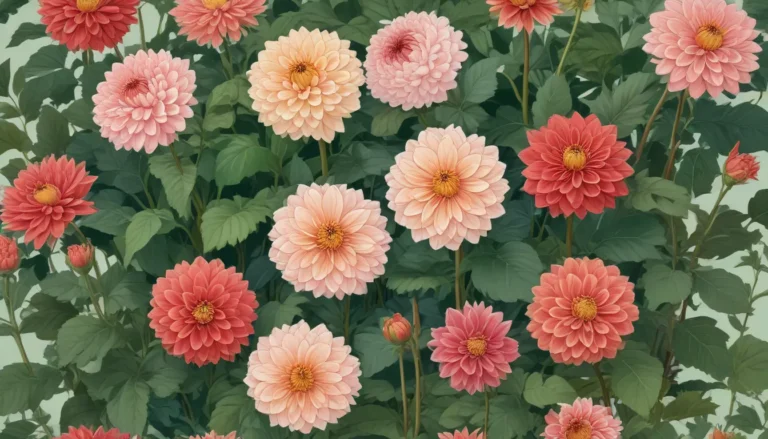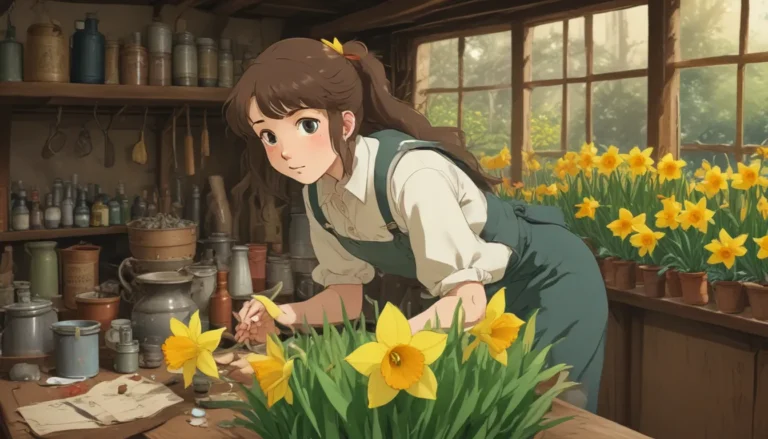Delving Deeper into Apple Tree Pollination
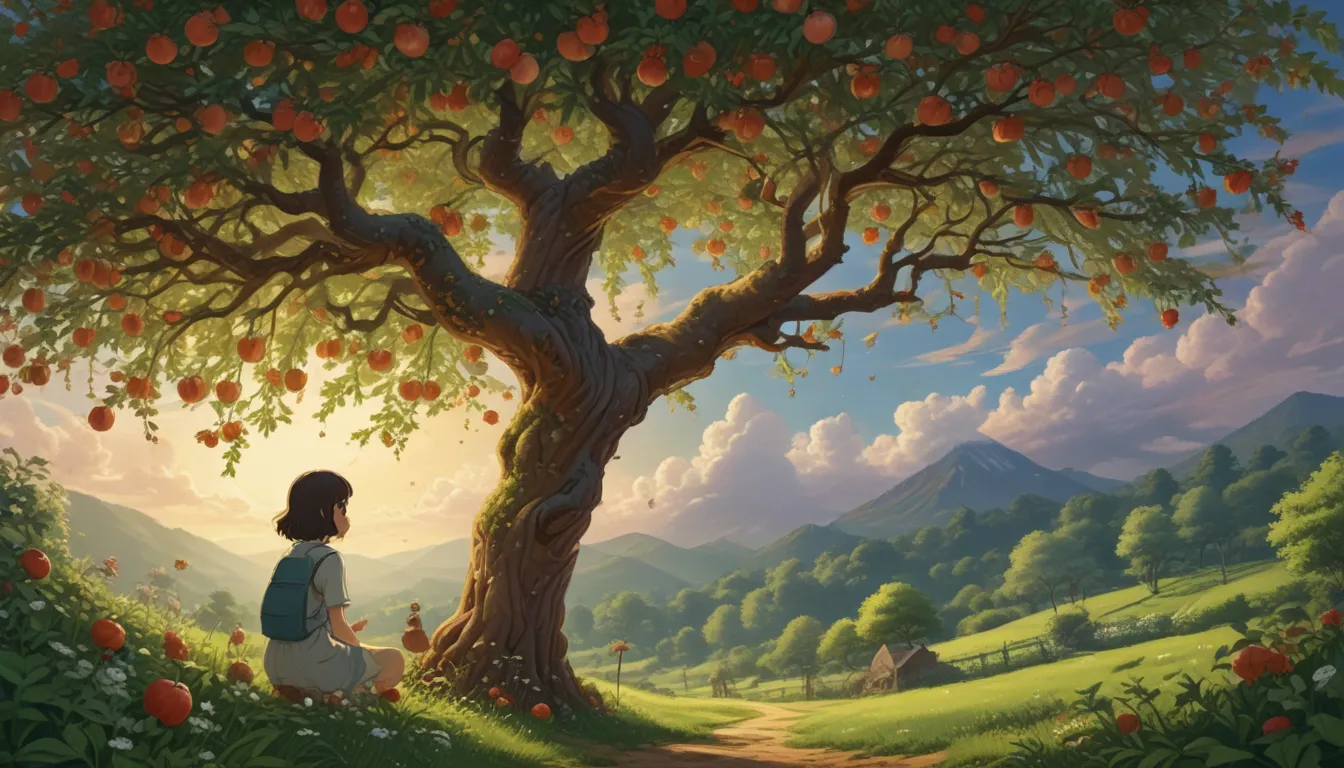
Have you ever thought about why you can’t just plant one apple tree and call it a day? Apples (Malus x domestica) need a nearby friend to pollinate each other and bear fruit! In this guide, we will explore the ins and outs of apple tree pollination to help you understand how to ensure a fruitful harvest in your garden.
Start with the Basics
Let’s begin by breaking down the concept of pollination. Pollination occurs when pollen, containing the sperm, is transferred from the stamen to the stigma of the female flower. This process results in the formation of a zygote, which eventually develops into a fruit containing seeds. While some apple trees are self-pollinating, most require cross-pollination between two different cultivars.
Understanding Pollination Types
- Cross-Pollination: Pollen from a flower on one tree is transferred to the flower of a different tree.
- Self-Pollination: Pollen is transferred from the stigma to the stamen of the same flower or plant.
In the case of apples, most varieties exhibit self-incompatibility, meaning they can’t pollinate themselves. Therefore, they require another tree of a different cultivar for pollination to occur. While some cultivars are self-compatible, they still benefit from having a pollinating companion for a more abundant fruit yield.
Choosing the Right Pollinators
Honeybees are the primary pollinators of apple trees, but other insects like wasps, flies, beetles, and ants can also contribute to pollen transfer. Crabapples (Malus spp.) are excellent pollinators for apples due to their prolonged blooming period and abundant pollen production.
Best Pollinators for Apple Trees
- Crabapples: They bloom for an extended period and produce large blooms rich in pollen.
- Semi- and Self-Compatible Apple Trees: These can partially self-pollinate but benefit from having pollinating companions.
Common Crabapple Varieties
- Early to Midseason: Chestnut, Manchurian, Mt. Evereste, Wickson
- Midseason to Late: Crimson Gold, Frettingham, Indian Summer, Mt. Blanc, Simpson, Snodrift, Whitney
When selecting a crabapple for pollination, opt for those with pale pink or white flowers to maximize pollination efficiency.
Apples by Bloom Period
Apple trees are categorized into bloom groups based on when they flower. Understanding these groups can help you choose the right pollinating companions for your trees. Here’s a breakdown of apple bloom groups for effective pollination:
- Group 1: Early-blooming apples that can pollinate early and early to mid-season types.
- Group 2: Early- to mid-season apples that pollinate early, early to mid, and mid-season trees.
- Group 3: Mid-season apples that pollinate early to mid, mid, and mid to late trees.
- Group 4: Mid- to late-season apples that pollinate mid, mid to late, and late-season trees.
- Group 5: Late-season apples that pollinate mid to late, late, and very late types.
- Group 6: Very late apples that are self-fruitful and can pollinate themselves and late-season trees.
Ensuring Successful Pollination
To ensure optimal pollination in your garden, consider the following factors:
- Proximity: Plant apple trees within 100 feet of each other for effective pollination.
- Similar Size: Choose trees of similar size to maximize pollination opportunities.
- Encouraging Pollinators: Attract pollinators like bees to your garden to facilitate the pollination process.
Mason bees are highly effective pollinators that can enhance fruit production in your garden. By creating a pollinator-friendly environment, you can increase your chances of a bountiful harvest.
Harvesting Apple Trees
With the knowledge of apple tree pollination and the right companion trees in place, you’re well on your way to a successful apple orchard. Consider planting a mix of self-fruitful trees, pollinators, and crabapples for a thriving garden.
What tree combinations are you considering for your orchard? Share your favorite cultivars and planting plans with us in the comments below!
As you prepare for your apple harvest, explore more guides on growing, storing, and harvesting apples to make the most of your fruit-filled endeavors.
- Growing Apple Trees: A Fruitful Primer
- How to Store Your Apple Harvest
- When and How to Harvest Apples
Now armed with a deeper understanding of apple tree pollination, you can create a flourishing orchard that yields abundant fruits for years to come. Happy planting and harvesting!
Image sources: Elipark, Fast Growing Trees, Nature Hills Nursery
